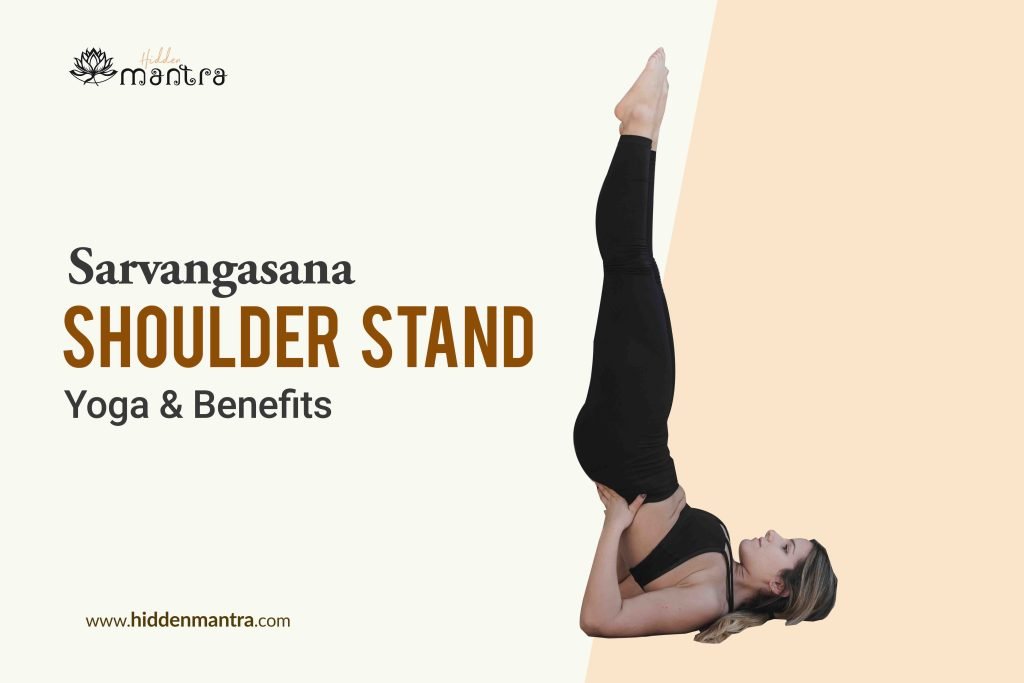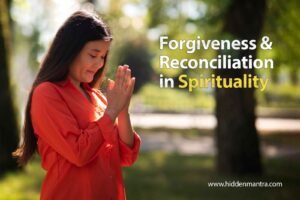Table of Contents
ToggleWelcome to the world of classical yoga, where ancient wisdom meets modern well-being. In this sacred tradition, Sarvangasana, known as the Shoulder Stand, stands as a pillar of strength and serenity. This timeless pose has been passed down through generations, a gift from the yogic sages of old. Join us on a journey as we explore the classical roots and the rejuvenating essence of Sarvangasana, a yoga practice that elevates body and soul.
Sarvangasana (Shoulder Stand) Meaning
The term “Sarvangasana” is derived from Sanskrit, the ancient language of yoga. Here’s the meaning of “Sarvangasana” broken down:
Sarva
The word “Sarva” (सर्व) means “whole” or “all” in Sanskrit.
Anga
The term “Anga” (अङ्ग) translates to “body” or “limb.”
Asana
The word “Asana” (आसन) means “pose” or “posture.”
So, when you combine these elements, “Sarvangasana” can be understood as the “Whole Body Pose” or the “All-Body Posture.” In Sarvangasana, the entire body is engaged and supported, making it an apt name for this yoga pose.
Sarvangasana (Shoulder Stand) Yoga Benefits:
- Enhanced Blood Circulation – Sarvangasana encourages blood flow to the upper body and brain. This can boost mental clarity and vitality while nourishing the thyroid gland.
- Thyroid Regulation – The pose stimulates the thyroid gland, helping to balance metabolism and promote overall hormonal health.
- Stronger Shoulders and Arms – Holding your body weight on your shoulders and upper arms strengthens these muscle groups, improving upper body strength.
- Spinal Flexibility – Sarvangasana promotes spinal flexibility by stretching and elongating the cervical and thoracic regions of the spine.
- Reduced Stress and Anxiety – The inverted position calms the nervous system, leading to reduced stress and anxiety levels. It can also help alleviate symptoms of mild depression.
- Improved Digestion – The pose aids digestion by compressing and massaging the abdominal organs, which can alleviate issues like constipation and indigestion.
- Enhanced Respiratory Function – Sarvangasana enhances lung capacity and promotes deeper, more controlled breathing.
- Relief from Insomnia – Regular practice of this pose can improve sleep patterns and help those suffering from insomnia.
- Balanced Blood Pressure – The calming effect on the nervous system can contribute to balanced blood pressure levels.
- Anti-Aging Benefits – Sarvangasana is believed to delay the ageing process by promoting healthy blood circulation to the face and reducing the appearance of wrinkles.
- Improved Concentration and Mental Clarity – The increased blood flow to the brain can enhance cognitive function, concentration, and mental clarity.
- Immune System Support – By stimulating the thyroid and parathyroid glands, Sarvangasana may strengthen the immune system.
Remember to practice Sarvangasana under the guidance of a qualified yoga instructor, especially if you’re a beginner, to ensure proper alignment and minimize the risk of injury.
How to Do Sarvangasana (Shoulder Stand)
Sarvangasana, the Shoulder Stand, is a rejuvenating yoga pose. Follow these steps to practice it safely:
- Preparation – Begin by lying on your back on a yoga mat. Keep your legs together and your arms alongside your body, palms facing down.
- Breathing – Take a few deep breaths to centre yourself. Inhale and exhale slowly, calming your mind.
- Lift Your Legs – As you exhale, engage your core muscles and gently lift both legs off the ground, aiming them upward.
- Support Your Back – Place your hands on your lower back for support. Use your hands to lift your hips and lower back off the ground.
- Legs Straight Up – Continue lifting your legs until they are in a vertical position, forming a straight line with your torso. Keep your toes pointed.
- Balance – Balance on your shoulders, not on your neck. Ensure your weight is evenly distributed across your shoulders.
- Hands-on Back – Keep your hands supporting your lower back. Your elbows should be close together on the mat.
- Straight Spine – Maintain a straight line from your neck to your toes. Avoid any twisting or bending of the spine.
- Hold the Pose – Hold Sarvangasana for 30 seconds to several minutes, depending on your level of comfort and experience.
- Release – To come out of the pose, gently lower your legs back down over your head. Slowly roll your spine and lower back onto the mat.
- Rest – After release, take a moment to rest in Savasana (Corpse Pose) to allow your body to recover.
Caution
Sarvangasana should be practised with caution, and it’s advisable to learn it under the guidance of a qualified yoga instructor, especially if you’re a beginner. Avoid this pose if you have neck, back, or shoulder issues, or if you’re menstruating or pregnant.
Variations of Sarvangasana (Shoulder Stand)
Half Shoulder Stand (Ardha Sarvangasana)
In this variation, you raise your legs and lower body, supporting your lower back with your hands. It’s a gentler approach to Sarvangasana, suitable for beginners.
Supported Shoulder Stand
Place yoga props like blankets or blocks under your shoulders for added support. This variation is excellent for those working on building strength and flexibility.
Lotus in Shoulder Stand (Padmasana in Sarvangasana)
After getting into Sarvangasana, you can cross your legs into the Lotus position for a deeper hip and groin stretch.
Bent Knee Shoulder Stand
Bend your knees and bring them toward your chest while in Sarvangasana. This variation can be less intense on the neck and spine.
One-Legged Shoulder Stand (Eka Pada Sarvangasana)
Lift one leg toward the ceiling while keeping the other in the Sarvangasana position. This variation challenges balance and core strength.
Plow Pose (Halasana)
Transition from Sarvangasana to Halasana by lowering your feet behind your head, and extending them toward the floor. Halasana is a deeper inversion that provides an intense stretch to the spine.
Fish Pose (Matsyasana)
Counterbalance Sarvangasana by gently arching your upper back and placing the crown of your head on the mat. This opens the chest and throat.
One-Legged Plow Pose
Combine the Plow Pose with one leg extended upward for an added stretch.
Always practice these variations under the guidance of an experienced yoga instructor, especially if you are new to Sarvangasana. Proper alignment and technique are crucial to prevent injury and maximize the benefits of these poses.
Conclusion:
Sarvangasana, the Shoulder Stand, embodies the timeless wisdom of classical yoga. Its inversion challenges gravity, offering numerous physical and mental rewards. By practising Sarvangasana, we harness improved circulation, thyroid balance, and enhanced mental clarity.
Welcome the classical teachings of yoga and allow Sarvangasana to boost your vitality, both in body and spirit. For deeper insights and a richer yoga journey, we welcome you to explore our website’s blog, “Hidden Mantra.”
May Sarvangasana be your guiding light towards balance, strength, and serenity. Namaste!
Discover more about Sarvangasana and yoga’s hidden wisdom on our blog, “Hidden Mantra.”









